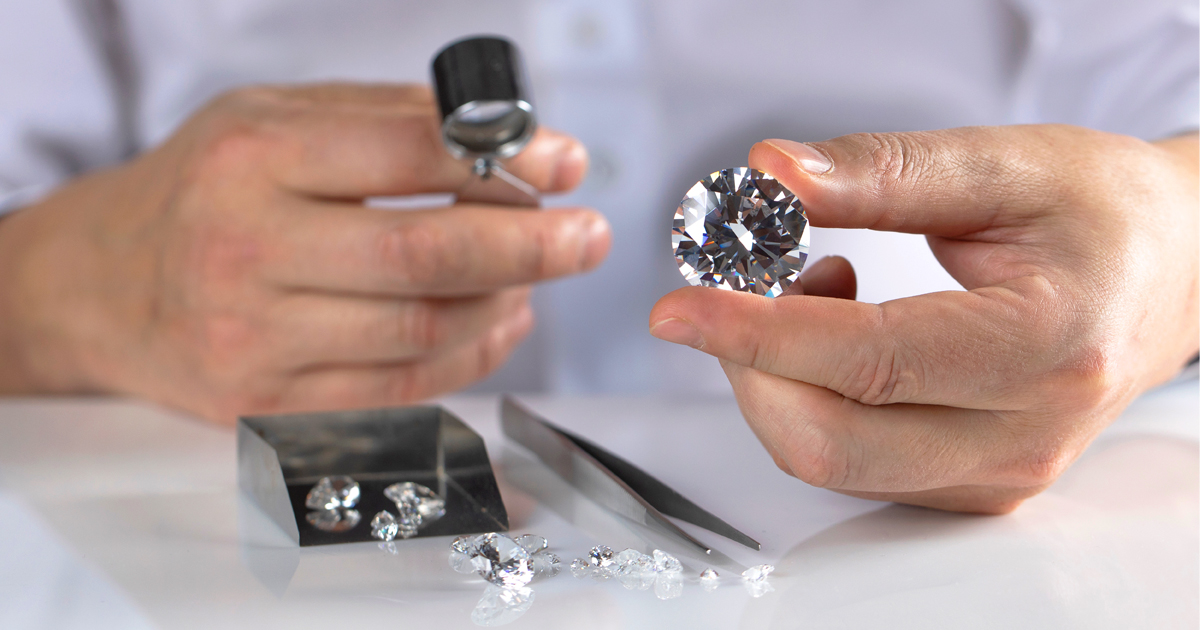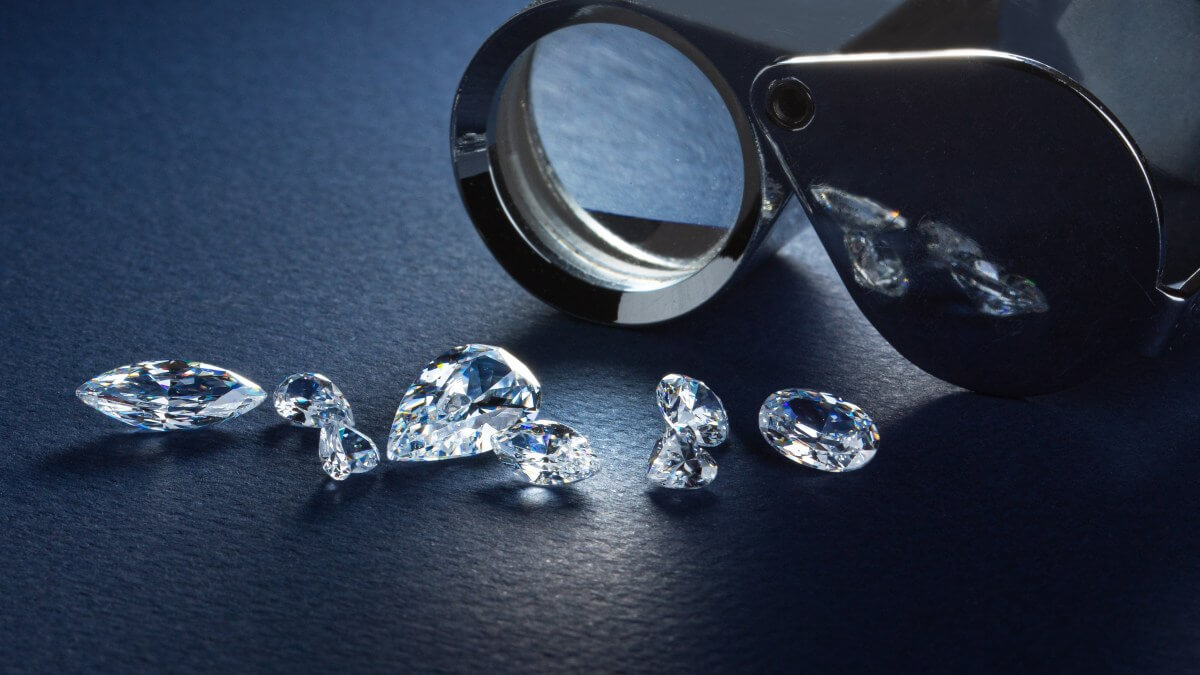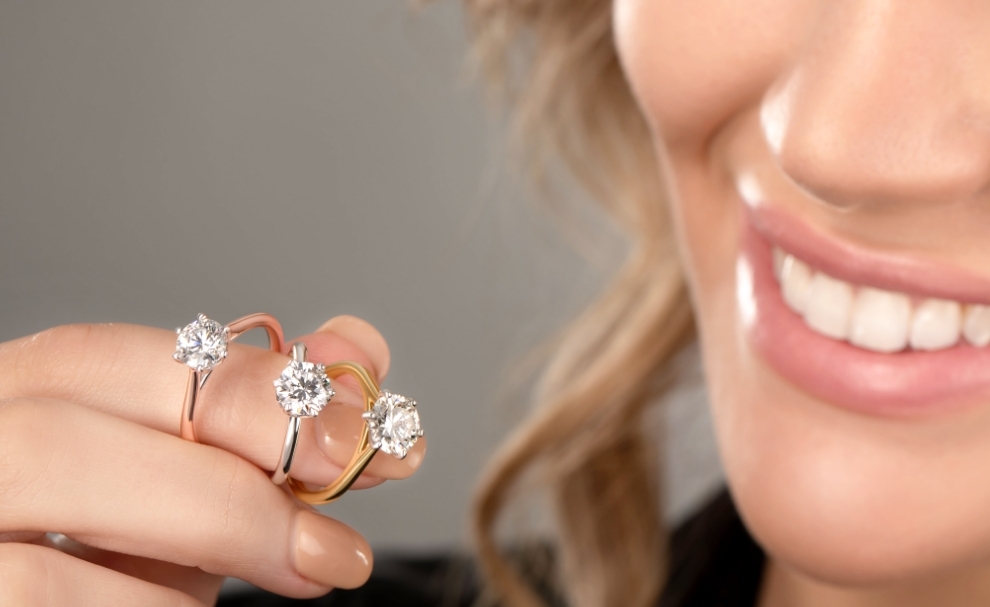- Understanding the 4Cs When You Select Diamonds
- Choosing the Right Cut for Your Diamond
- Assessing Diamond Tone
- Assessing Clearness in Diamonds
- Settling on Carat Weight
- Setting and Style Considerations
- The Significance of Accreditation
- Moral Considerations While Selecting Diamonds
- Conclusion: Settling on the Best Decision
Understanding the 4Cs When You Select Diamonds
The 4Cs — Cut, Variety, Clearness, and Carat weight — are essential when you select diamonds. Each factor plays a significant job in the general quality and worth of the diamond. The cut determines the diamond’s brightness and the way in which well it reflects light. The variety refers to the diamond’s tint, with less variety for the most part being more desirable. Clearness measures the presence of interior or outside flaws, and carat weight indicates the size of the diamond. Understanding these aspects helps you select diamonds that meet your preferences and spending plan.
Choosing the Right Cut for Your Diamond
At the point when you Selccionar diamantes, the cut is seemingly the most significant factor influencing its appearance. A very much cut diamond maximizes brightness and sparkle, while an unfortunate cut can make even a great diamond look dull. Famous diamond cuts incorporate round splendid, princess, emerald, and cushion. Each cut has its novel characteristics and can impact the general look of the diamond. Choose a cut that complements the style of the jewelry and enhances the diamond’s regular magnificence.
Assessing Diamond Tone
Variety is one more basic factor to consider when you select diamonds. Diamonds are reviewed on a scale from D (colorless) to Z (light yellow or brown). The less variety a diamond has, the higher its worth. In any case, personal inclination also plays a job — some individuals lean toward diamonds with a smidgen of variety. While selecting diamonds, consider how the variety will supplement the setting and the wearer’s preferences.
Assessing Clearness in Diamonds
Clearness refers to the presence of inward or outside imperfections, known as inclusions and blemishes. At the point when you select diamonds, understanding the clearness scale — from Flawless (no inclusions visible under 10x amplification) to Included (inclusions visible to the unaided eye) — is essential. Higher lucidity diamonds are rarer and more important, yet small imperfections frequently don’t influence the general excellence of the diamond. Offsetting lucidity with different factors like cut and variety can assist you with selecting diamonds that offer both quality and worth.
Settling on Carat Weight
Carat weight measures the size of the diamond, and it straightforwardly impacts its cost. At the point when you select diamonds, consider both the carat weight and how it fits with the other 4Cs. Bigger diamonds are regularly more expensive, yet sometimes a smaller diamond with a fantastic cut and high clearness can offer more noteworthy brightness and worth. Decide the ideal carat weight based on your financial plan and the desired effect of the diamond.
Setting and Style Considerations
The setting and style of the jewelry also impact how you select diamonds. The setting can improve or diminish the diamond’s appearance, so choose a setting that complements the diamond’s cut and maximizes its brightness. Styles range from classic solitaire to mind boggling radiance designs. The setting should also match the wearer’s personal style and lifestyle, ensuring the diamond looks its best in ordinary use.
The Significance of Accreditation
At the point when you lab created diamonds, always check for accreditation from legitimate gemological laboratories such as GIA or IGI. A declaration provides a free assessment of the diamond’s 4Cs and assures its quality and credibility. Affirmation helps you go with informed choices and ensures you are receiving whatever would be fair. Ask for the diamond’s testament and survey it carefully prior to making your purchase.
Moral Considerations While Selecting Diamonds
Moral considerations are increasingly significant when you select diamonds. Lab-grown diamonds offer a sustainable and struggle free option in contrast to mined diamonds. These diamonds are established in controlled environments, decreasing ecological effect and ensuring moral sourcing. Assuming moral concerns are essential to you, consider choosing lab-grown diamonds for their excellence and responsible creation.
Conclusion: Settling on the Best Decision
Selecting diamonds involves careful consideration of various factors to ensure you settle on the best decision. By understanding the 4Cs, assessing cut, variety, lucidity, and carat weight, and considering the setting and confirmation, you can track down a diamond that meets your expectations and fits your financial plan. Whether you’re purchasing a timeless engagement ring or a stunning piece of jewelry, settling on an educated choice will assist you with selecting diamonds that are both delightful and significant.





